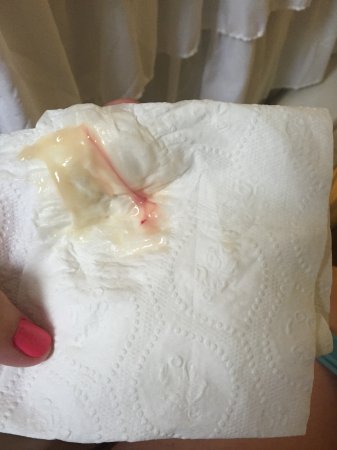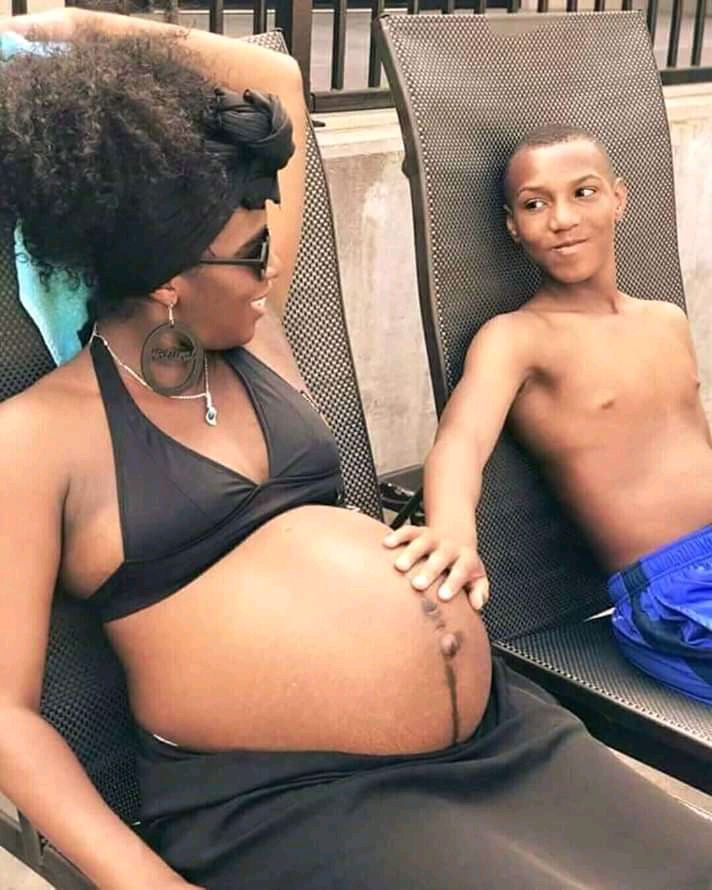How to help child focus better
13 Mind-Blowing Tips to Increase Concentration Power in Kids
“Can’t you just stop fidgeting and finish your homework?”
I’m sure we’ve all asked our children this at least a few dozen times while they’re studying. I know I have!
As a mother of a vibrant, fun-loving, talkative eight-year-old girl, it is often a challenge for me to get her to sit in one place, teach her how to focus on her homework and finish it without getting too distracted.
And yes, I say “too distracted” because children are naturally energetic and exuberant and we cannot expect them to focus completely and not get distracted at all!
But, having said that, it IS possible to help a child focus on a task and increase concentration skills for a longer period of time.
RELATED: The secret formula to make your child study and do homework
Before we head there, here are a couple of things you need to understand…
Children are naturally curious with unmatchable energy…
And the main reason they face these concentration issues is that they are wired differently.
The main reason children face concentration issues is because they are wired differently to adults.
Click to tweet
When the task they’re given isn’t fun, they get bored and quickly shift their attention to something more interesting — unlike us adults where we complete tasks whether we like it or not!
So first let’s understand what the signs are of low concentration in children:
- Lack of interest
- Inability to sit still and maintain a train of thought
- Easily distracted
- Appears to be daydreaming
- Difficulty following instructions
- Inability to keep things organised
Here’s Vidya Ragu, psychologist, learning & development specialist, talk about how to improve a child’s concentration, attention span and focus, and how to deal with concentration problems in children.
Having said that, here are some of the best ways to help improve your child’s concentration quickly and easily.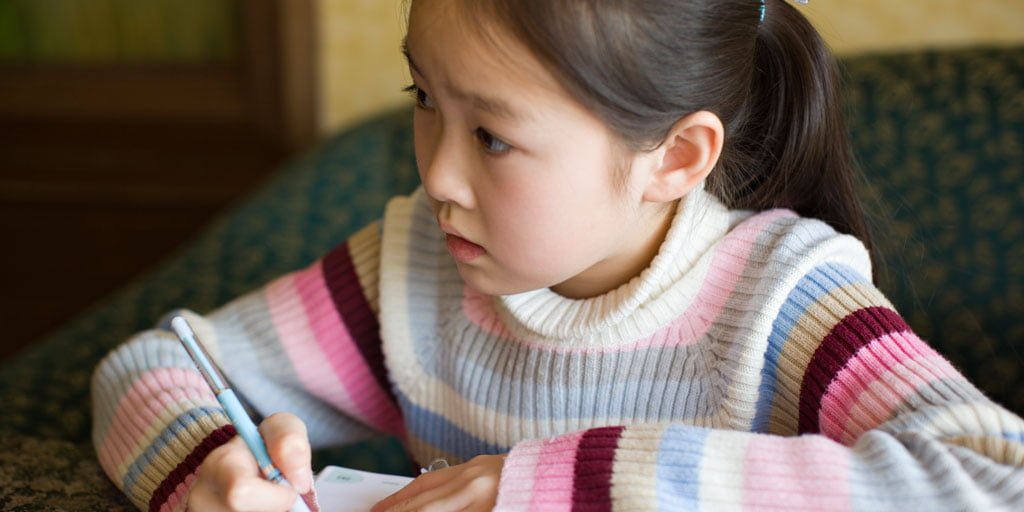 Take a look at techniques on how to improve concentration in kids!
Take a look at techniques on how to improve concentration in kids!
Since children learn more by playing, it is always a good idea to try and make their activities a little more fun.
Keep away gadgets, tablets and computers and allow children to play with regular toys, activities that improve attention and concentration, and concentration exercises.
Studies have shown that gadgets actually reduce attention span and memory power of children so they should be used sparingly or not at all.
Take a look at these powerful concentration games and activities for kids:
PRO TIP: Try an activity box like Flintobox! Flintobox delivers hands-on activities that are creative and challenging about various concepts on world culture, art, math and science! It strengthens a child’s brain development and fosters holistic skill growth! Click here for more details >
- Sequencing
The link between sequencing and concentration is a strong one.
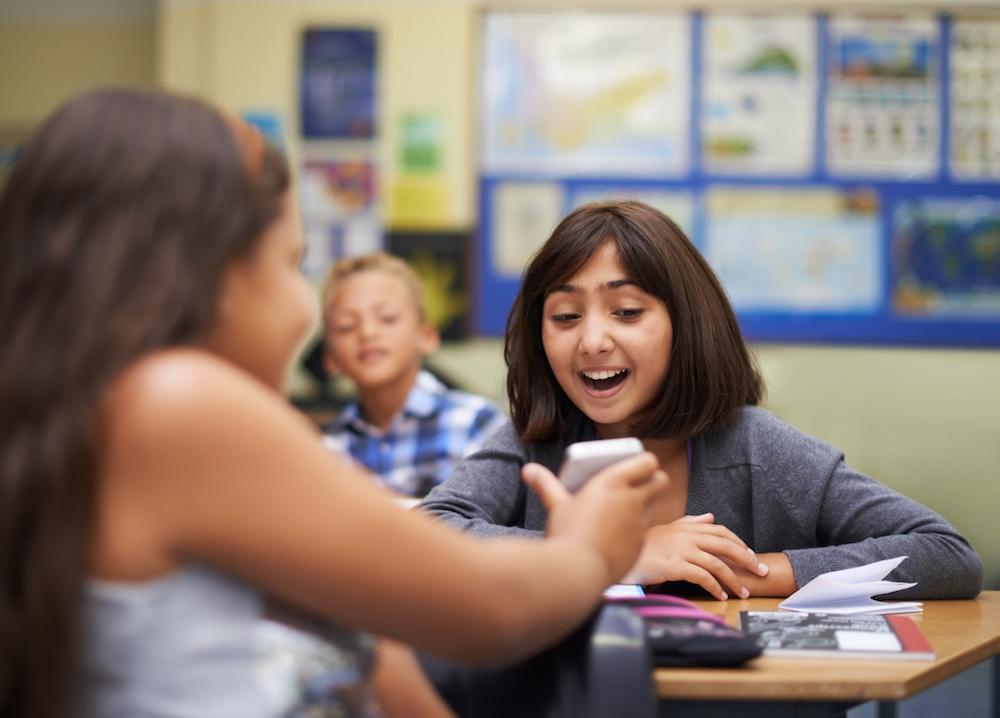 Following recipes, setting the table and putting things in alphabetical order are great activities for kids who have concentration difficulties.
Following recipes, setting the table and putting things in alphabetical order are great activities for kids who have concentration difficulties. - Just sit
This game involves challenging your child to sit in a chair without moving or fidgeting to see how long he can do it. Another concentration improvement game in this category is ‘Statue!’ Through repeated play, the child’s brain is ‘exercised’ and challenged, which strengthens mind-body connections and improves focus.
- Spot the difference
These help in making your child concentrate for long and helps to improve focus as your child looks into the details. You can choose puzzle boards that are right for your child’s age! And hey, you can join your child for the game too!
- Tongue Twisters
Betty bought a butter?! Oops! Your child needs a lot of focussing to get this right! Surf the internet for tongue twisters of varying levels of difficulty to give your child a good concentration workout.
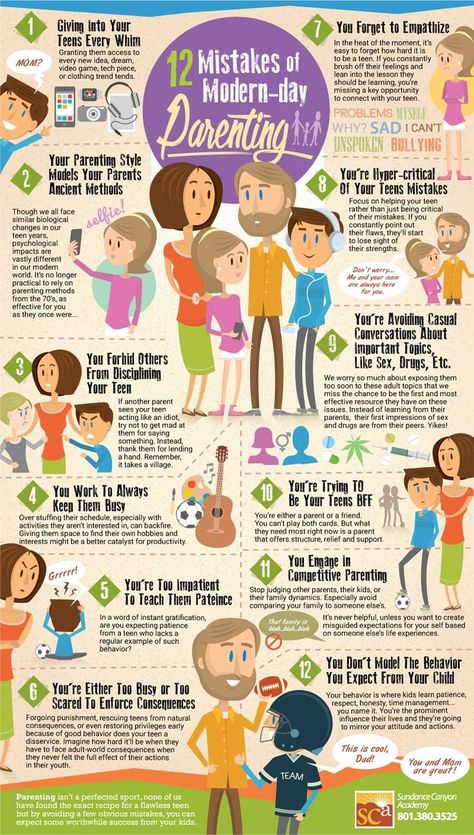
- What’s missing?
Read a sequence of numbers, alphabets or words from their favourite rhyme — but here’s the catch — skip a number/alphabet/word in the process. Your little detective needs to focus closely to spot the missing item! Another option is to make them count backwards or narrate a story in reverse (based on their age group)
- Memory game
Pick a theme, and you and your child take turns to add to a sequence of items in that theme. As your child tries to recollect each, they will put to use their memory, thus boosting their concentration power.
RELATED: 10 quick and proven techniques to boost your child’s memory
2. Prepare a distraction-free environmentSome children respond well in an environment that is soothing and calming but other children may thrive in an environment that has a lot of hustle and bustle.
Understanding what kind of environment your child prefers to study is the first step to increase the concentration level in him/her.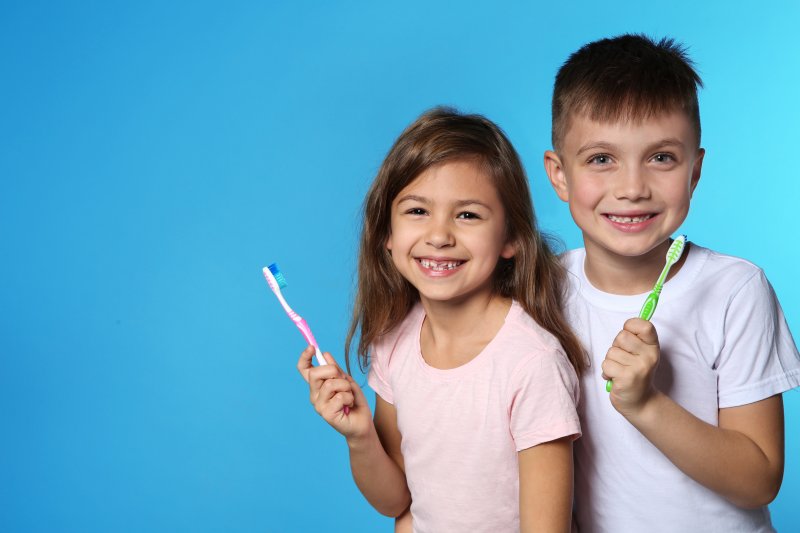
- Ambience – Soft instrumental music and soft lighting helps to set the mood for studying. “Manav used to be quite hyper all the time, but after I put a fish tank in his room, I find that he has calmed down quite a bit!” says Kalpana, mother of 4-year-old Manav. “I think just watching these fish calmly swimming around has had an amazing effect on him!”
- Gadgets – Ideally, all gadgets including televisions, iPads, cell phones etc. need to be switched off or kept in a different room to avoid distractions. If you need to use a computer to study, make sure that it is used only for studying and nothing else.
- Reachable material – Keep everything that is required at hand so that your child does not need to get up to get anything. All homework books, crayons, textbooks, pencils and even water can be kept on the table or nearby. This also helps keep track of how much work is left and helps you to manage your time better.
 All these help kids improve focus and increase attention!
All these help kids improve focus and increase attention!
Understanding the environment your kid prefers to study is the 1st step to increase concentration.
Click to tweet
3. Feed them greens & healthy food to improve concentration
Eating healthy food has a direct link to how well a child concentrates and there are different foods that help develop a child’s concentration. Eating junk food or food rich in sugar makes a child sluggish while food rich in proteins such as almonds, eggs and lean meat have the ability to raise awareness and increase concentration levels!
- Caffeine – A recent trend in the US shows that children have increased their intake of coffee and caffeinated energy drinks. This gives them an unhealthy dose of sugar which can lead to a “crash” of energy later.
- Green food – An interesting study in the University of Ulster, UK shows that eating toast and baked beans for breakfast increases cognition.
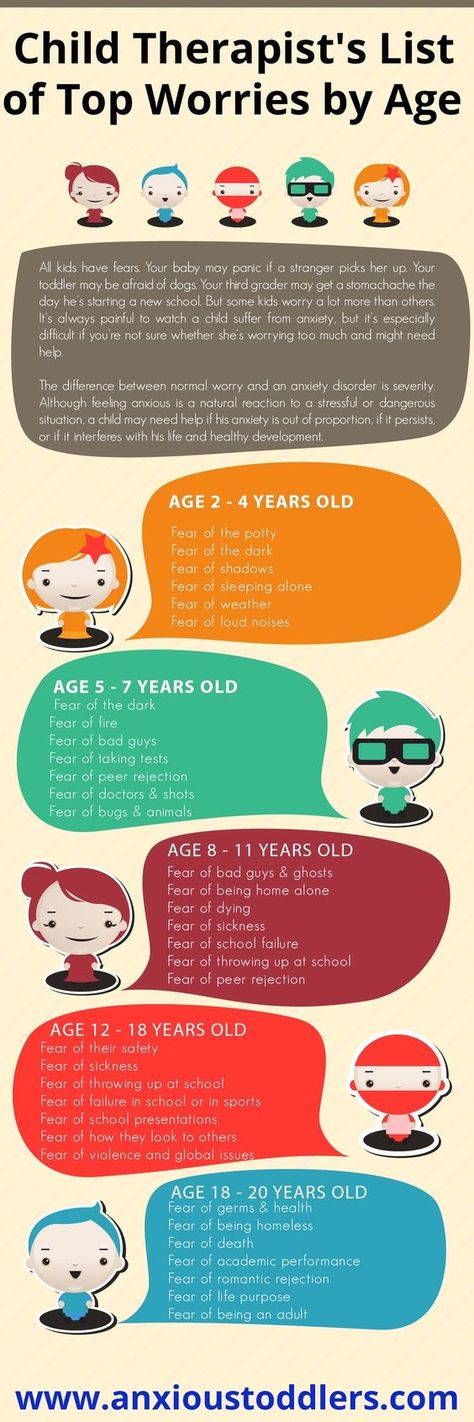 Experts say that eating greens and fruits inject the body with antioxidants which in turn boost your brain power.
Experts say that eating greens and fruits inject the body with antioxidants which in turn boost your brain power.
4. Fix a routine to follow for better concentration
Anita, mother of 4 year-old Rahul has everything planned to a T. “Rahul comes home from school at 3.30 pm and has a snack. At 4 pm, I take him outside to cycle or play with the neighbourhood children.”
“At 5 pm, he is back home, has a wash and snack and is at his study desk by 5.30. He studies or does homework till 7.30 pm after which he has his dinner and is in bed by 8.30,” she says.
While we don’t need to be as regimented as Anita, it is important to maintain a schedule for your child, even if it is a more flexible one.
This not only helps with time management but also helps program your child’s brain to know when he has to study.
And this, in turn, helps to increase the child’s concentration in studies! For example, Rahul knows that after playing, he has to study and automatically gets into “study mode” once the play is done.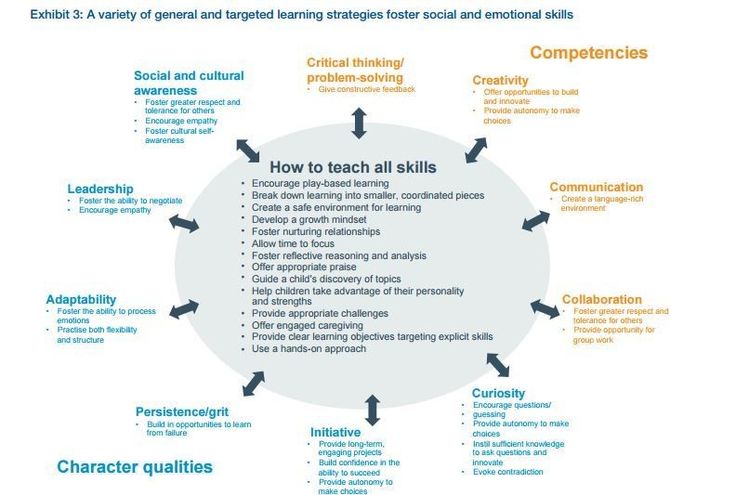
5. Naps and breaks boost concentration!
Most children are able to concentrate best after a good nights’ rest.
A power nap for twenty minutes after school or in the afternoon should also do the trick to increase concentration.
All bathroom breaks, hunger pangs etc. should be taken care of before the study time begins as they have the tendency to interfere with concentration.
A power nap for 20 minutes after school or in the afternoon helps increase concentration.
Click to tweet
6. Divide bigger tasks into smaller tasksStudying an entire chapter in one go is quite difficult for a child. It always helps to break it down into pages or even paragraphs so that the child feels a sense of accomplishment for finishing a small task and this will motivate him to continue on.
This is true not just for studies but for household chores as well. Nita, mother of 8-year-old Ankit says, “I had been nagging Ankit to clean out his cupboard for weeks but he never got round to doing it. ”
”
“Then I started breaking it down and I’d tell him ‘today you need to do the bottom shelf’ and sure enough, by the time I get back home in the evening, it would have been done!”
7. Understand your child’s method of learning (visual, auditory, kinaesthetic)All children learn in different ways. Some children process information easily when they see it, some when they hear it and some when they have practical knowledge of it and can touch it.
It is important to understand which category your child falls under, mostly because this will help them understand information better and the learning will be more long term than short term.
- Visual: Children who are visual understand information better when they are able to see it. In this case, the child will be able to concentrate better if she is allowed to read the information and write it down as well.
- Making flash cards: If your child is learning spellings or even concepts, writing them down on small cards and repeatedly showing them to her will help her understand and learn these concepts that much faster.

- Drawing: Asking the child to draw what he is studying may also help him visualize the material better. A bonus is that this also helps his fine motor skills to develop.
- Doodling: Often, we see our children scribbling while studying and think that they’re distracted but what really happens is that the doodling helps them recall what they have been studying at that point and so remembering it at a later stage becomes easier.
- Auditory: Children who learn better when they hear information are auditory in nature.
- Reading aloud: Children who are auditory in nature learn better by reading the material aloud or listening to someone else reading. In this regard, they might find audio books more helpful than paperback books.
- Music: Listening to music may also help children concentrate in studies.
- Kinaesthetic: Children who are kinaesthetic need to be able to touch and feel their subject matter to understand and process it better.
 For these children, learning by practical applications may be more helpful than reading aloud or writing.“When my child was learning about planets, I took him to the planetarium and when we got back home, we sat together and made a model of the solar system and coloured it. Ever since then, he has never forgotten the order of the planets or which planets have rings etc,” says Nina, mother of 5-year-old Prakash.
For these children, learning by practical applications may be more helpful than reading aloud or writing.“When my child was learning about planets, I took him to the planetarium and when we got back home, we sat together and made a model of the solar system and coloured it. Ever since then, he has never forgotten the order of the planets or which planets have rings etc,” says Nina, mother of 5-year-old Prakash.
RELATED: The Simple Technique To Make Your Child Interested In Learning
8. Prepare your child for the next task
When your child is busy, tell him what he has to do next, but allow a few minutes, until he stops and starts the new activity.
This helps, especially when a child is engaged doing something he likes and enjoys doing, since there would be a reluctance to stop what he is doing and start something else.
9. Set short time goals for better concentration
Set a time limit for the completion of a goal. If it is studying, then you can say that a certain number of pages need to be done within twenty minutes.
If it is studying, then you can say that a certain number of pages need to be done within twenty minutes.
Keep in mind that the average time for an adult to concentrate completely is about 42 minutes and so the concentration span of a child would be much less.
Therefore, it would be wise to have shorter time limits such as 15 minutes to 20 minutes.
Another thing to keep in mind is that while some children thrive under time goals, other children might feel pressurized and may start feeling anxious and lose focus.
10. Set up a reward system
Rewards don’t necessarily have to be tokens such as chocolates or toys.
They can also be in the form of praise or even further studying!
Says Anushka, mother of 7-year-old Mansi, “My daughter loves to solve maths problems so as a reward for studying Hindi which she hates, I allow her to do a page of sums.”
This is sure to help build and increase concentration, right?
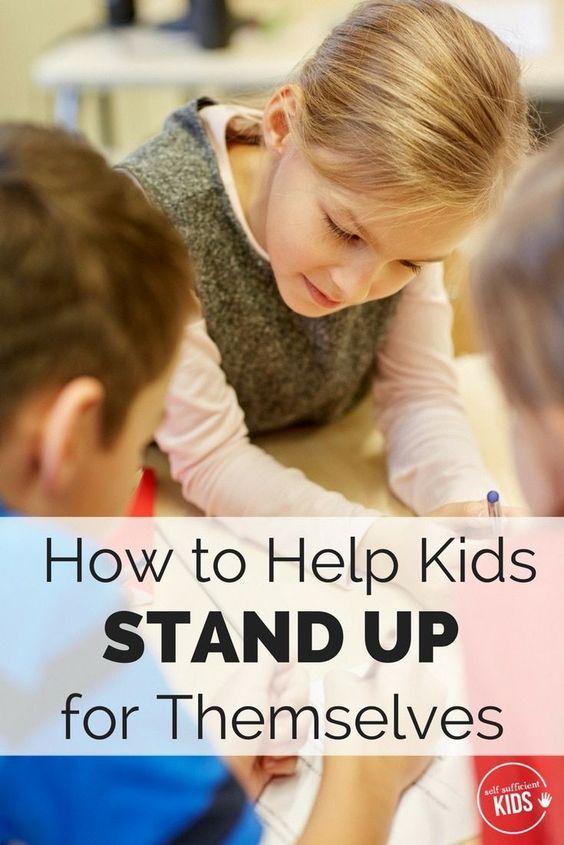 Allow time for distractions
Allow time for distractionsKids are naturally energetic and exuberant. Giving them time to vent out their energy once their time limit for a task is up may actually help them focus better on the next task!
It would help if your child did something completely different during this time.
For example, Shantha, grandmother of 8-year-old Shifrah says, “When I’m teaching my granddaughter spellings, we do 10 spellings at a time after which I allow her to run or skate around the house for a minute or two. I find that this helps her focus on the next 10 spellings.”
She finds that mixing physical activity with a mental activity is very effective.
Giving time to vent out energy may help children focus better on the next task!
Click to tweet
12. Use energy effectively for better concentration
Some children have high energy in the mornings while others have high energy in the evenings.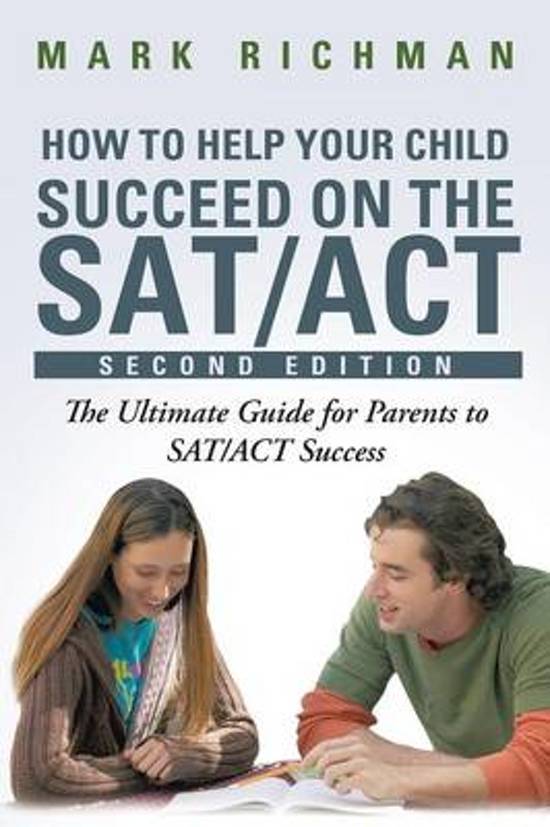
Studying or doing activities during this time will help your child focus better on the task at hand. But how can one concentrate on studies?
Always start your child on the tougher activities during his high energy time.
As energy levels go down, you can always switch to a lighter activity.
This will help to increase concentration power!
13. Try deep breathing and imagery to improve concentration
Combining simple relaxation techniques such as deep breathing with positive visual imagery helps increase brain power to improve or learn new skills.
For instance, you can ask a child to close her eyes and imagine that she is paying attention in class.
In her imagination, what can she see?
What can she hear? What is distracting her?
You can further ask her to imagine how she would take care of those distractions.
Once she is able to clearly picture this, you will find that her behaviour at school also changes!
Conclusion
Like any skill, concentration can be improved and made automatic. The trick is to be consistent. These 13 tips to increase concentration power are a win/win solution because they not only help improve concentration but also strengthen the relationship that you have with your child.
The trick is to be consistent. These 13 tips to increase concentration power are a win/win solution because they not only help improve concentration but also strengthen the relationship that you have with your child.
Don’t forget to share these concentration tips with your friends & family. Have we missed a point on how to increase concentration power in kids? Do let us know which worked best for you & your child, in the comments below.
Other Blog Reads:
Concentration problems in children – major causes
How to handle hyperactive kids: 7 calming games & activities
5 Ways To Improve Your Child’s Social Skills
Article originally published on – June 30, 2015, updated on – July 08th 2020
Helping Your ADHD Child Focus Without Medication: The Complete Guide
Introduction
1. General Tips to Help Your ADHD Child Build Concentration Skills
2. How to Help Your ADHD Child Focus in the Classroom
How to Help Your ADHD Child Focus in the Classroom
3. How to Help Your ADHD Child Focus on Homework
4. The Impact of Diet and Nutrition on Your Child’s ADHD
5. Natural Remedies for ADHD
6. Therapies, Exercises, and Games to Improve Your Child’s ADHD
Conclusion
Want to take this eBook with you?
Enter your info to download the PDF:
Introduction
ADHD medications aren't for everyone.
Some kids experience side effects such as irritability, insomnia, decreased appetite, and even delayed growth after being prescribed stimulant medications to help manage ADHD symptoms.
If your child has been diagnosed with ADHD and does not take medication to treat ADHD, they’re not a hopeless case. Concentration, attention, and focus are skills your child can learn and strengthen.
Don’t get me wrong—it takes time, patience, practice, and cooperation with the right people. However, in the end, doing the work ensures your child has all the tools they need to succeed at school and in life.
However, in the end, doing the work ensures your child has all the tools they need to succeed at school and in life.
Additionally, kids with ADHD will usually benefit from having more than one 'intervention' at work to help them focus. So, if medication is a cog in the wheel for your child, there may be a few more focus-boosting tricks in this eBook to make things even easier.
Consider this comprehensive guide your starter kit to improve your ADHD child’s focus (without medication, or alongside of it). In it, I’ll discuss:
- General tips for focusing with ADHD
- How you can help your child focus in the classroom
- How to help them concentrate on that dreaded homework so it’s not torture
- How diet and nutrition can impact your child’s ADHD
- Natural remedies to try
- Therapies, exercises, and games you can play to build your child’s focus “muscle”
Ready to learn? Let’s dive into the first section, which includes general tips to help your child focus during their day-to-day activities.
1. General Tips
Thinking of concentration as a skill that can be built up over time is a growth-focused approach to helping your child manage their ADHD.
Stay positive, patient, and don’t give up. Your child looks to you to set the tone for any challenge they face. Be a model for them and implement some of these tips to start building focus:
Break into Small ChunksFacing a huge task can seem insurmountable when you look at it all at once - especially for children with ADHD. Presenting your child with a giant project (i.e. complete these 30 math problems, clean your entire room, set the table with all the place settings) is a good way to set them up for failure.
More than likely, your child will start the task with good intentions, get distracted or lose focus, and then fail to complete it.
Instead, break big tasks into bite-sized jobs. Put all the focus on the smaller tasks, and when each is completed, take a break before diving into the next one.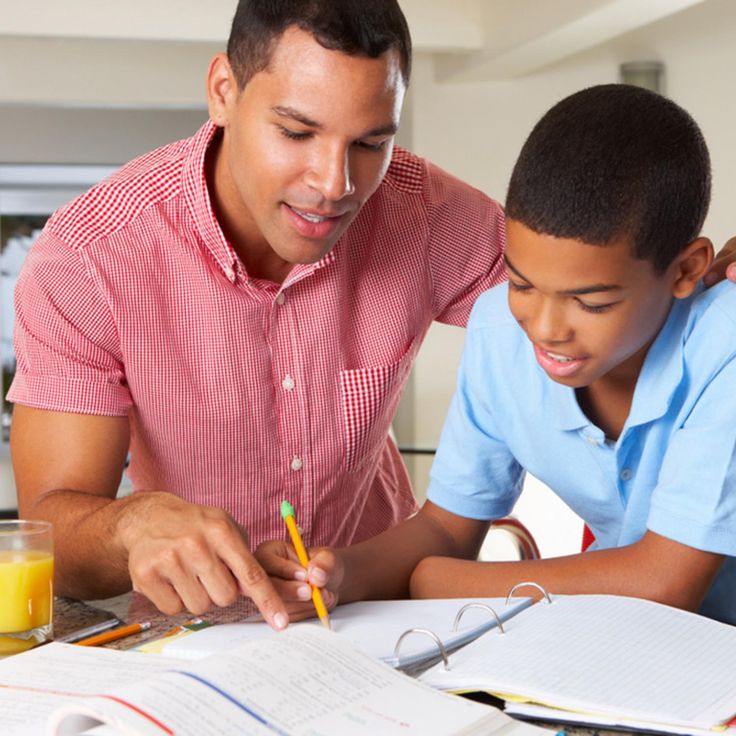
For example, instead of saying “do your homework,” say “let’s finish three math problems before dinner.”
Practice Deep BreathingResearch has shown that a group of nerves in the brain that regulate breathing are connected to the brain’s arousal center. When you keep your breath calm and slow, your brain is signaled to keep at an even keel, as well.
That’s why, when your child starts to display symptoms of ADHD and lose focus, taking deep breaths can help calm them, reduce anxiety, and re-center their attention.
Use a technique like deep belly breathing to help your child learn to slow down and concentrate when it gets tough. For best results, practice when they’re calm so they get the hang of the technique.
Encourage BreaksConcentrating is naturally harder for kids than adults. That’s why it’s important to let them take breaks between focus sessions – especially if your child has ADHD. Encourage them to get up, move around, and play during breaks so they can sit down again later feeling refreshed, revived and ready to be attentive and focused.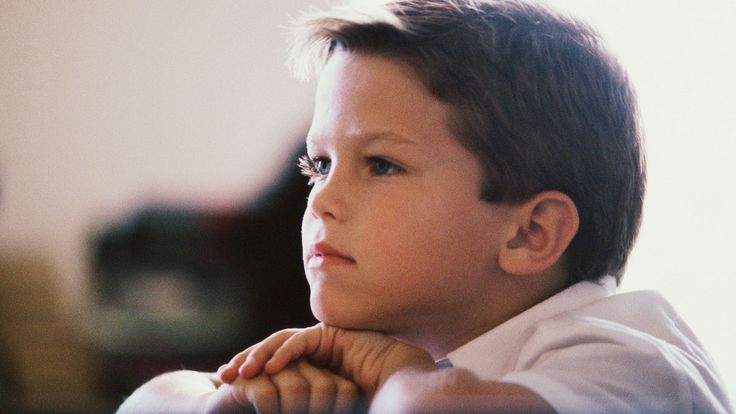
Exercise is an important player for any healthy lifestyle, but your ADHD child will benefit even more from daily movement and exertion.
Exercising causes stress hormones to drop, encourages the growth of brain cells, and creates new connections between them. On top of that, studies have shown that exercise encourages the growth of brain cells in the region called the hippocampus, which is responsible for memory and learning.
In short, daily exercise primes your child’s brain for learning how to focus. It helps them release excess energy, too.
However, while exercise is a big deal, team sports aren’t the only way to get your child moving. Children may also get their daily exercise through unstructured play – so let them loose in the backyard or on the playground, too.
2. How to Focus in the Classroom
According to research published in the peer-reviewed journal, Learning and Instruction, the average elementary school student is distracted 25% of the time. The study also found that attention spans generally decreased during long spans of instruction and when the teacher was engaging the whole classroom of students.
The study also found that attention spans generally decreased during long spans of instruction and when the teacher was engaging the whole classroom of students.
For kids who have Attention Deficit Hyperactivity Disorder (ADHD), situations like these represent more mountains to climb. Unfortunately, your child is going to run into these scenarios time and time again during their schooling – and you won’t be there to help.
Luckily, there are some ways you can help your child at home that will make it easier for them to focus at school.
Stick to a RoutineA good home routine, including a consistent sleep schedule and meals at roughly the same time each day, can do a lot to improve a child’s ability to focus at school.
When your child gets in a sleep routine, especially, they’ll go to school well-rested and ready to face the day.
When your child is lacking sleep, that could equal more trouble paying attention plus more irritability and frustration, according to a study published in Pediatrics.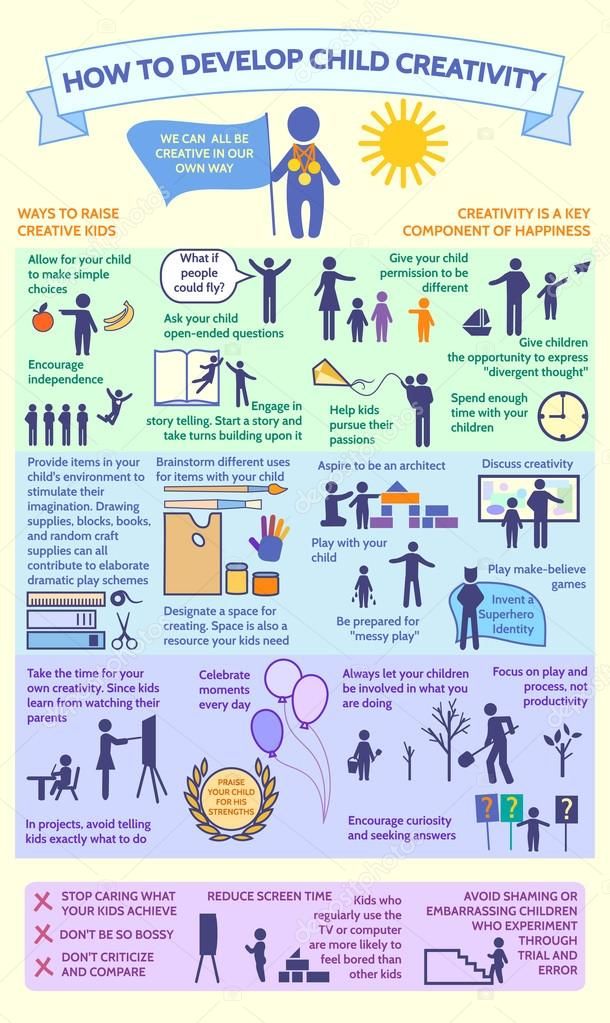 That means firm rules about bedtime (no ifs, ands, or buts) can actually help a child focus better in school.
That means firm rules about bedtime (no ifs, ands, or buts) can actually help a child focus better in school.
For antsy, hyper kids, a long day at school is akin to torture. Recess might not be enough to help them shake out their excess energy.
That’s why having an outlet for your child is a great idea. This can include team sports, gymnastics, or some other activity, but don’t rule out a good playground session or a game of tag with their siblings, either.
Today, scientists understand that play lights up the neocortex in the brain, which is responsible for higher-order functions like cognition, sensory perception, and language. Giving your kids free time to play and run around after school (without electronic devices) may help them perform better when it’s time to focus.
Limit Screen TimeKids who spend too much time in front of screens may be at a disadvantage at school.
Research has shown that kids who spend more than seven hours in front of an electronic screen incurred physical changes to their brains, including premature thinning of the cortex (which usually doesn’t happen until middle age).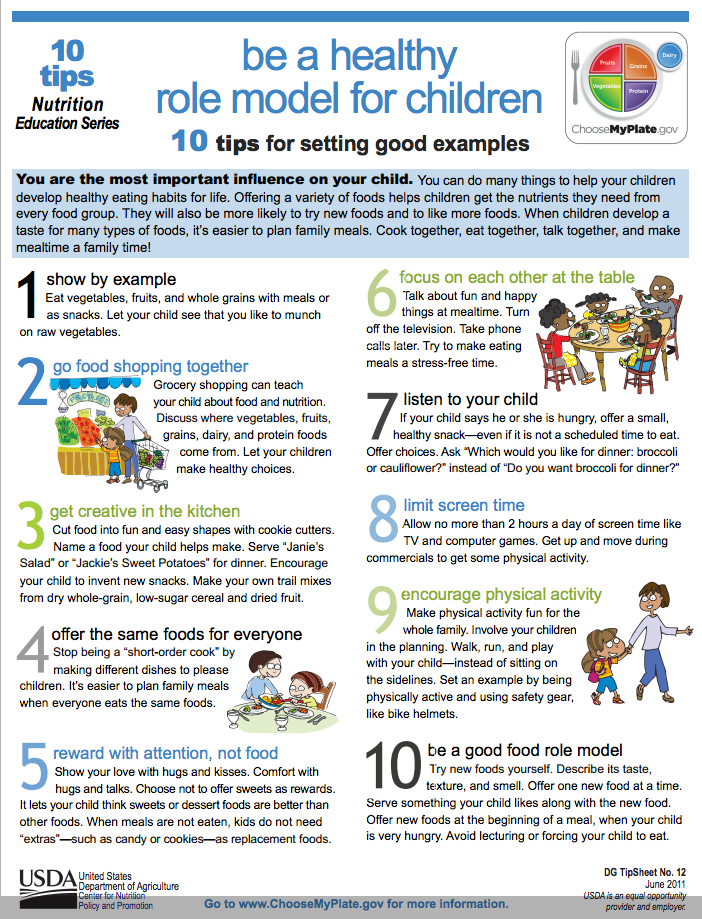 The same study showed that kids who spent over two hours per day in front of screens scored lower on thinking and language tests.
The same study showed that kids who spent over two hours per day in front of screens scored lower on thinking and language tests.
Bottom line? Limit your kids’ screen time, especially if they have ADHD. Children with ADHD are more likely to develop an addition to video games as a coping mechanism to deal with their busy mind. Instead, encourage non-screen activities and hobbies, like participating in sports, playing outside, or playing with toys, board games, or puzzles.
Set an ExampleLike it or not, your child notices your actions and models your behavior. If you’re constantly multi-tasking, not focusing on one activity, and gluing yourself to a screen at every opportunity, your child will have a harder time improving, themselves.
As they say, monkey see, monkey do.
Set an example of focus for your child. Practice giving one task your full attention. When you have a conversation, put down your phone and turn off the TV. During homework times and family mealtimes, limit distractions and encourage a focused environment (TV off!).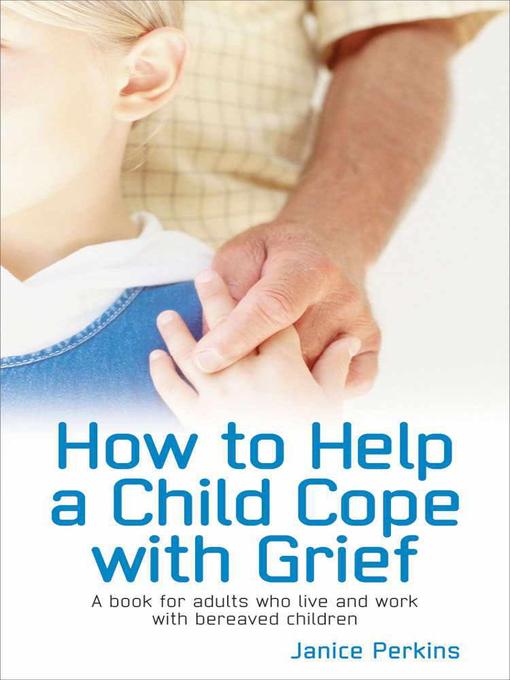
If you are an adult with ADHD, your efforts to help your child will benefit you as well!
Keep Track of GoalsTracking focus goals is a fantastic way to follow your child’s progress and celebrate their victories with them. Each day, set an attainable goal to shoot for, ideally a task that requires your child’s focus and concentration.
For example, set a goal of sitting down for 5-10 minutes of quiet time daily. Or, give them a few small chores weekly that need focus to complete, like making their bed or putting away their clothes. When they achieve their daily or weekly goals, record them. At the end of the week, tally up the goals they met and celebrate them.
This way, you’ll help your child build skills they’ll take with them to school – not to mention build their confidence.
Collaborate With TeachersYour child spends much of their weekday with their teachers. They will have a better idea of your child’s specific focus issues, including their gains and setbacks.
As such, make a point to meet with teachers for updates, and work on a plan together to ensure your child builds their attention and concentration skills in a positive way.
3. How to Focus on Homework
For most kids, school doesn’t end when the last bell rings. They often have homework they must complete by a deadline, too.
For a child who has trouble focusing, sitting still, or concentrating, homework is the last thing they want to do after a day full of focused activities they probably found very difficult.
However, there are ways to help them focus and get it done. Here’s how to help your child concentrate on homework.
Eliminate DistractionsThe more peaceful and distraction-free the environment, the better the chance your child has at zeroing in on their homework.
For starters, make sure the TV is turned off and phones are out of reach. Even if your child can hear the TV from where they’re working, that will more than likely make them lose focus.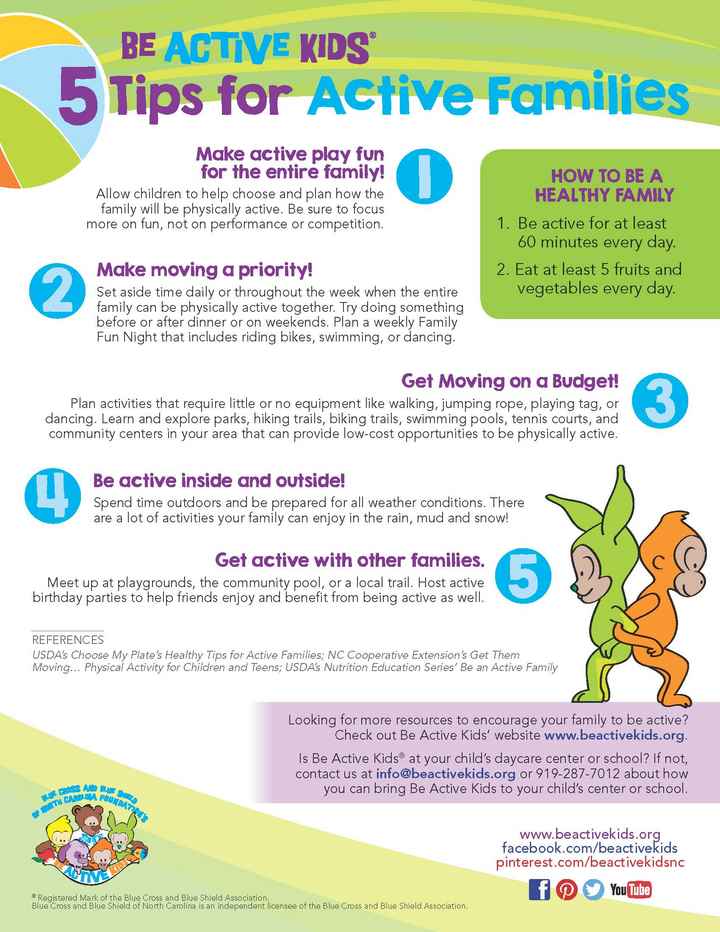
With the above tip in mind, it may be a good idea to set aside a special “homework station” in your home – a particular place where your child can sit down comfortably, spread out, and focus on getting their schoolwork done.
Ideally, this area should have a desk or table, a good source of light, and be located away from busy areas of the house. No tasks other than study and homework should happen here, so when your child sits down in the homework station, they’ll know it’s time to buckle down.
Tackle One Small Task at a TimeOne mistake many parents make when helping their kids with their homework is spending too much time on a big task.
Instead, break homework time into smaller pieces. For example, instead of doing one 30-40-minute homework session per week, try 10-minute sessions 3-4 times per week. You’ll accomplish much more in the shorter sessions, especially if your child is usually antsy, distracted, and procrastinating for much of the longer session.
This strategy is called chunking, or micro productivity.
Take BreaksIf you must do a longer homework session, remember to take breaks throughout. Implement 10-minute sessions of focus with 5-minute breaks between them. During this time, your child can get up, move around, have a snack, and relax.
Adding breaks to homework time helps your child refresh and “get out the wiggles” so they can sit down and focus when needed.
Give Positive FeedbackWhen your child successfully focuses and completes their homework session, remember to offer praise and words of encouragement. A simple “good job!” will go a long way toward helping your child understand the importance of being able to sit down, focus, and complete what they set out to do.
4. The Impact of Diet and Nutrition
Along with your child’s habits and environment, of equal importance for improving focus and attention are their diet and nutrition.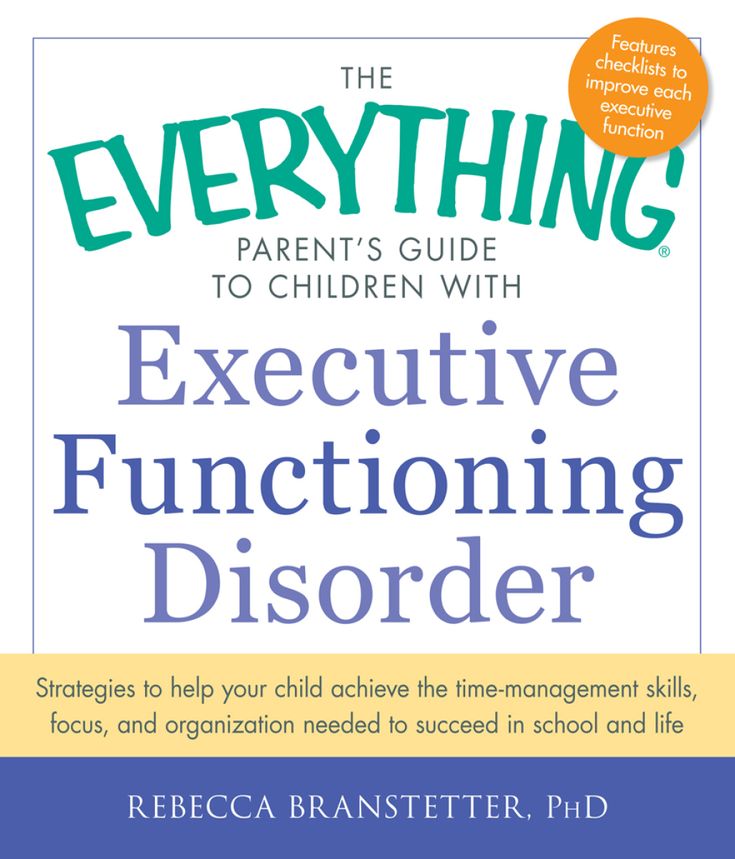
The food your kid eats fuels their body and mind, and may directly impact their mental health and behavior.
Eat Breakfast DailyAccording to a study published in Frontiers of Human Neuroscience, eating a good breakfast each morning before school correlated with a positive effect on children's academic performance, particularly their math and arithmetic grades.
Nix Artificial Colors and PreservativesIn another study published in The Lancet, researchers found that artificial colors and specific preservatives in food (like sodium benzoate) increased hyperactivity in both 3-year-olds and 8-9-year-olds.
Reduce Sugar for Better Health OverallMany parents point to sugar as a culprit for their kids’ unfocused, hyper behavior, but generally, studies don’t back that up.
A study published in Nutrition Bytes in the late ‘90s concluded the “available data” – past studies that observed the effects of sugar on children after they consumed it – were “unable to link sugar to either behavioral or cognitive dysfunction. ”
”
In other words, sugar didn’t cause hyperactivity or inattention after children ate it.
That said, sugar or sucrose is a high-calorie sweetener that has little to no nutritional value. Studies have shown a link between excess sugar consumption and cell aging as well as deficiencies in memory and cognitive functioning.
Finally, let’s not forget that another risk stemming from a high-sugar diet: diabetes, both type 1 and type 2. Diabetes can affect the brain in many ways, including decreased functional connectivity, which is how different brain areas that share functions communicate.
Too much sugar as a regular part of a child’s diet is dangerous. For better health, which can contribute to better focus, cut back on sugary snacks, drinks, and processed foods in your child’s diet.
5. Natural Remedies
Natural remedies may play a supporting role alongside other strategies for improving child focus.
These aren’t miracle cures, but rather additional ways to help center your child, promote good health, and improve their well-being. All of these things will make it easier for them to focus when they need to.
All of these things will make it easier for them to focus when they need to.
Natural remedies for better focus may include:
- Vitamins and supplements
- Meditation and mindfulness
- Yoga
- Essential oils/aromatherapy
Let’s explore.
Vitamins and SupplementsThe nutrients that are critical for a healthy brain in any person include vitamins and minerals like zinc, vitamin B, iron, vitamin A, vitamin C, and magnesium. If your child has trouble focusing, try incorporating more foods into their diet that are rich in these nutrients, including:
- Broccoli
- Dark, leafy greens like spinach and kale
- Oranges
- Red peppers
- Bananas
- Tuna
- Salmon
- Beef
- Beans
- Nuts and seeds (like pumpkin seeds)
If the foods they eat aren’t enough, supplements can help your kids get the nutrients they need, too. A few tips to keep in mind:
- Look for trusted brands with the United States Pharmacopeia (USP) seal on the label – it’s a marker of a quality product made to certain high standards.
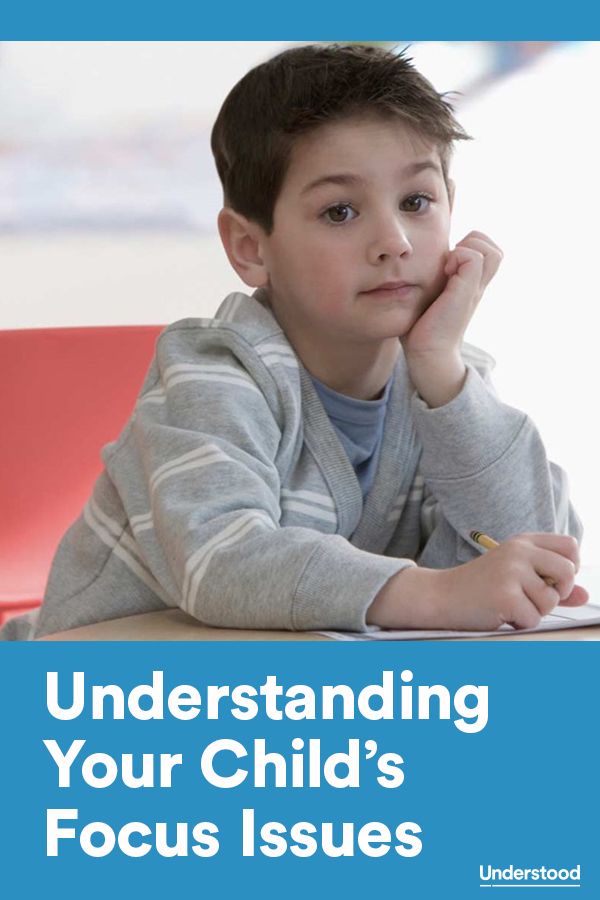
- Don’t forget to note the percentage of DV (daily value) for each nutrient in the supplement. If a brand promises more than 100% DV for a nutrient, skip it. Any nutrient in large doses can be toxic.
Mindful meditation isn’t just for adults. It turns out kids can benefit from the practice, especially if they have trouble with focus and concentration.
The deep belly breathing I recommended in section 1 is a great place to start. Calming the breath also helps calm the body and mind, and gives your child a chance to have a moment of stillness. This can help their thoughts settle and sharpen their focus.
There are lots of apps out there that can provide guidance on meditation for kids, too. Just a few include:
- Headspace Meditation for Kids
- Smiling Mind
- Breathe, Think, Do Sesame (for younger kids ages 2-5)
- DreamyKid
Yoga is a practice that combines mindfulness and meditation with bodily movement.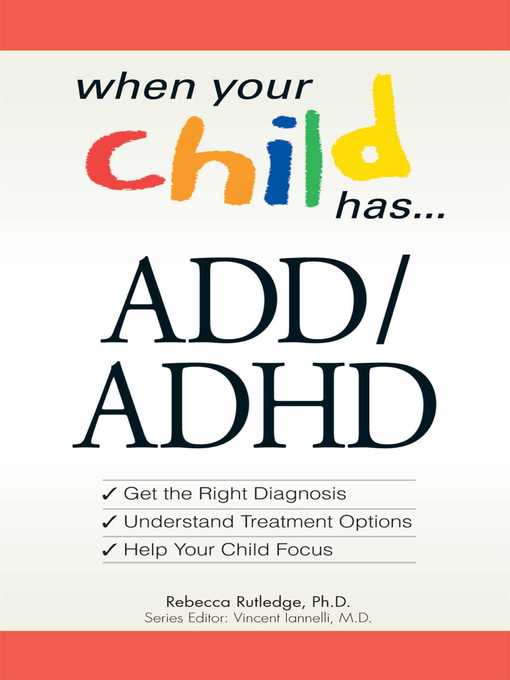 Many studies have found yoga to be effective at helping kids gain greater calm and focus, and even increased their self-esteem.
Many studies have found yoga to be effective at helping kids gain greater calm and focus, and even increased their self-esteem.
To get your child started with yoga, check to see if there are any kids’ yoga classes at your local fitness or rec center. You can also find beginner yoga videos on YouTube and follow along with them as a family.
Essential OilsWhile there is little scientific evidence to back up the efficacy of essential oils for improving focus, there is plenty of anecdotal evidence in their favor.
Plants and their oils have been used for thousands of years for healing, health, and wellness. Besides, having another natural remedy in your toolkit for calming and centering your child isn’t a bad idea.
The most common way to use essential oils is to dilute them with water and diffuse them into the air. Breathing in the scent of certain oils (aromatherapy) can help your child feel calmer and more focused by activating smell receptors in the nose, which may trigger certain areas of the brain, including the emotional center (the limbic system).
Some essential oils that are known to help with focus include:
- Lavender
- Roman chamomile
- Lemon or orange
- Ylang ylang
- Vetiver
You can buy essential oils at your local health food store. They’re also available online from various retailers.
6. Therapies, Exercises, and Games
If you’re looking for a concrete way to practice focus and concentration with your child, you’ve come to the right place.
Cognitive-Behavioral TherapyOlder kids displaying symptoms of ADHD like lack of focus, impulsiveness, inattention, and hyperactivity may benefit from cognitive-behavioral therapy (CBT). This type of talk therapy helps kids examine their thoughts, behaviors, and feelings and encourages them to replace negative ones with positive connotations.
CBT is especially good at uncovering thought biases your child may have about themselves that contribute to low focus.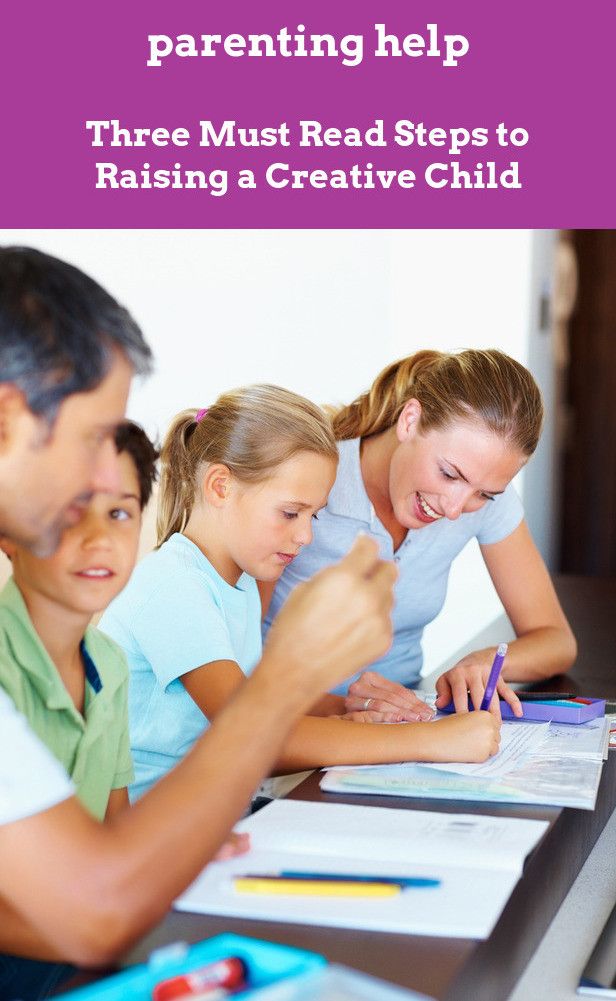 This therapy helps your child change those negative patterns of thinking for the long term.
This therapy helps your child change those negative patterns of thinking for the long term.
Usually, CBT is done with a licensed therapist, counselor, social worker, or psychiatrist. It’s also effective at treating mental disorders like anxiety, depression, obsessive-compulsive disorder (OCD), and sleep disorders.
To find a therapist who uses CBT as an ADHD treatment, consult with your doctor for recommendations. You can also search for therapists online on the Association for Behavioral and Cognitive Therapies website.
Art, Music, and Play TherapiesFor children of all ages, therapies that use a hands-on approach can help improve issues like distraction, hyperactivity, inattention, and lack of focus. The most common include art, music, and play therapies.
- Art therapy – Art therapy teaches children to focus on artistic techniques like painting, drawing and sculpting to help them learn to hone their concentration, clear their mind, and express themselves.
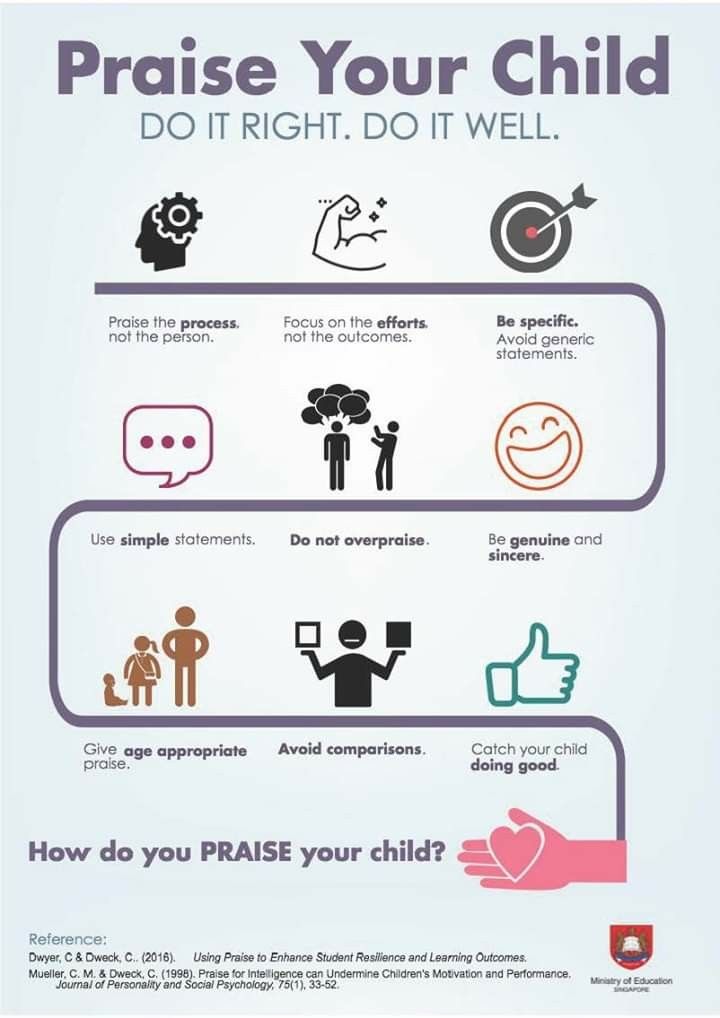
- Music therapy – The rhythm and structure of music provide a solid framework for improving focus, attention, and clarity in a scattered and distracted mind. During music therapy, your child will learn to play music, but also play in collaboration with others and write songs – all activities that are beneficial to the brain in more than one way.
- Play therapy – Play is an essential part of growing up for all children. For kids who struggle with focus, play is also a good way to explore their feelings and connect with others. During play therapy, play is used to redirect uncomfortable emotions and gives an outlet for others that would otherwise lead to bad behavior.
Biofeedback is a therapy that teaches you to monitor and change physiological activity such as your breathing rate, heart rate, and muscle function. With this ability, you can return your body to a calm, optimal state even in stressful situations.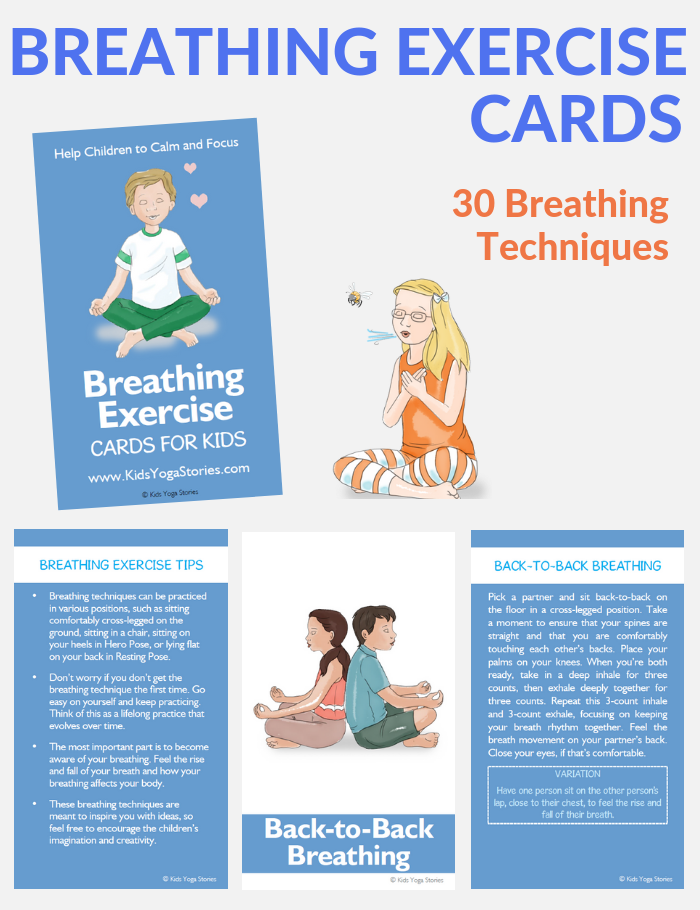
Neurofeedback is a type of biofeedback that focuses on your brain waves. During a training session, your brainwaves are monitored using scalp sensors. A therapist uses this information to help you recognize when your brain is operating at the optimal level.
While it sounds complicated, kids as young as six have seen improvements in focus, attention, and memory after they completed neurofeedback therapy. Granted, this isn’t a one-and-done cure, but rather a supplementary treatment that should be used alongside other treatments.
Focus Games for KidsBeyond therapies, there are additional games you can play with your child to promote focus, attention, and concentration. It’s a fun way to practice these skills without your child being any wiser.
A few simple ones you can do anywhere include:
- I spy – Playing this game can teach your child to slow down and appreciate the world around them. The goal is to pinpoint one small element of the environment – for instance, a small yellow flower, a stop sign, or a puffy cloud in the sky – while the other person asks questions to guess what it is.
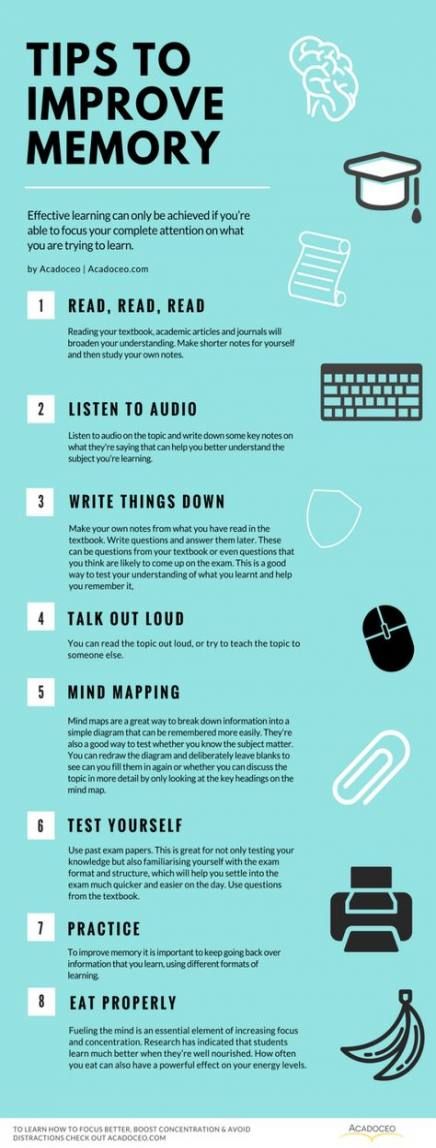
- Safari walk – Go on a walk around your neighborhood or at the park. The goal of the game is to find as many bugs, birds, animals, and living things as they can. Anything that moves, flies, crawls, or swims is fair game.
- Turn to stone – Ask your child to lay on their back and close their eyes. Tell them to squeeze and scrunch every single muscle in their body as hard as they can: eyes, face, arms, hands, legs, feet, etc. Tell them to imagine they’re turning to stone. Hold for a few seconds, then have them relax. This exercise is especially useful for when your child is feeling frustrated or angry, as it gives them an awareness of their body and where they might be holding tension physically.
Parents, don’t forget that you can train yourself to encourage focused behavior in your child and improve your bond with them.
Parent training helps you recognize and praise positive behaviors when you see them, ignore mildly negative behaviors, and address major misbehaviors constructively.
You can usually find parent training resources in your community. Check the local library, search online for parent training classes in your area, or ask your child’s counselor or teacher for recommendations.
Conclusion
Focus and concentration aren’t totally inherent qualities. Even if your child is constantly distracted, unfocused, and hyperactive, they still can build skills and gear their brains for better focus.
Every parent’s approach will look different because every child is unique. The strategies you use, therapies and exercises you try, and routines you implement are dependent on your home life, your child’s needs, and what will work best for your family.
Finally, remember that no single technique is a cure-all. However, if you use a combination of strategies, you might find you have better luck and bigger improvements than relying on one alone.
Time, patience, and dedication are essential to improve your child’s attention and focus in any environment.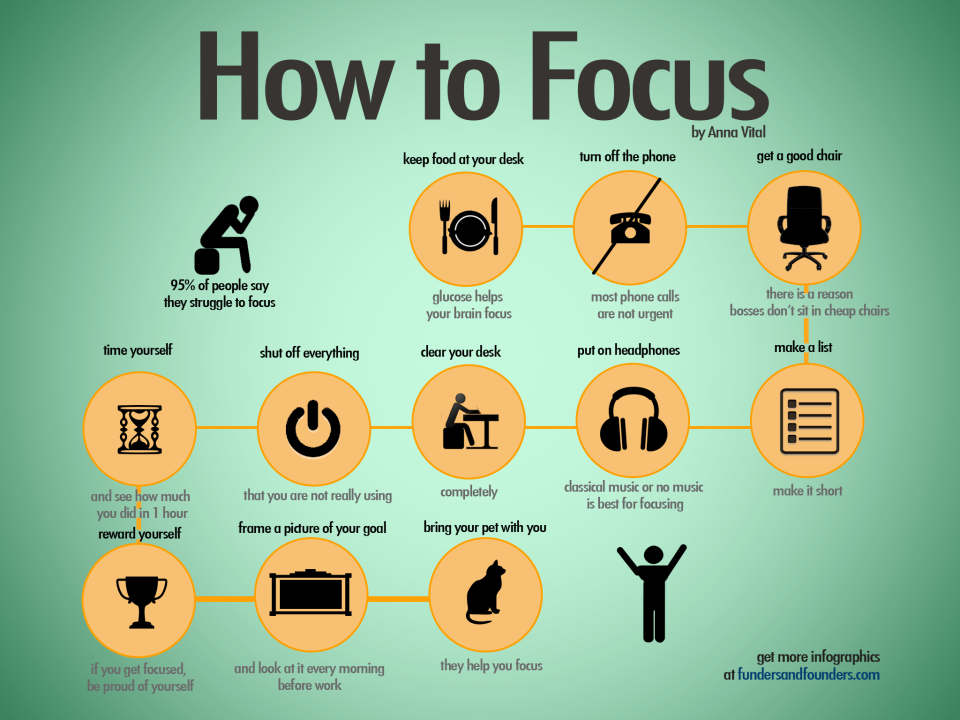 If you don’t see changes at first, don’t lose heart. You’ve taken the first few steps to ensure your child has the skills to succeed no matter what life throws at them – keep going!
If you don’t see changes at first, don’t lose heart. You’ve taken the first few steps to ensure your child has the skills to succeed no matter what life throws at them – keep going!
Are you looking for another way to help your child focus? Check out Revibe Connect— the first 'Focus Tracker' on the market.
5 exercises to help your child concentrate - declifeschool
How to help your child concentrate: DEC life school psychologist Oksana Zaykina talks about five exercises that will help children concentrate on lessons or other useful work. Material for the portal uaua.info
A child's ability to concentrate his attention on an object, phenomenon or task is a very important component of the development of his mindfulness and awareness in general. It is extremely important for the success of the child in learning and further development.
Oksana Zaykina
child psychologist, DEC life school
We have noticed that many students who come to our school, like many modern children of the digital age, need adult help in developing this skill.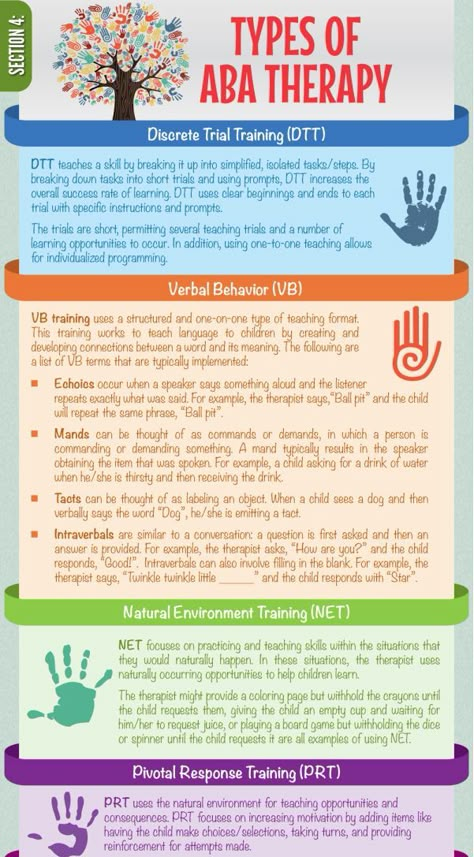 We have developed several exercises that help children concentrate before starting lessons, before working on their own homework and in other life situations.
We have developed several exercises that help children concentrate before starting lessons, before working on their own homework and in other life situations.
We share with you five practices, the effectiveness of which we have seen from our personal experience of working with the students of our school.
Effective practices for concentrating a child's attention
The Minute of Silence practice
This is one of the most effective practices for concentrating a child's attention. We recommend doing it as a ritual at school, before starting any learning activity and at home, before doing homework and at bedtime. When your child masters it, he will always be able to tune in on his own in any life situation.
So, invite the child not to speak for a minute after he has sat comfortably and relaxed. During this minute, it is important for the child to focus his gaze on a specific visual object: on an hourglass, on a candle flame, or on a bottle of liquid and sparkles settling in it (a souvenir ball with cereal).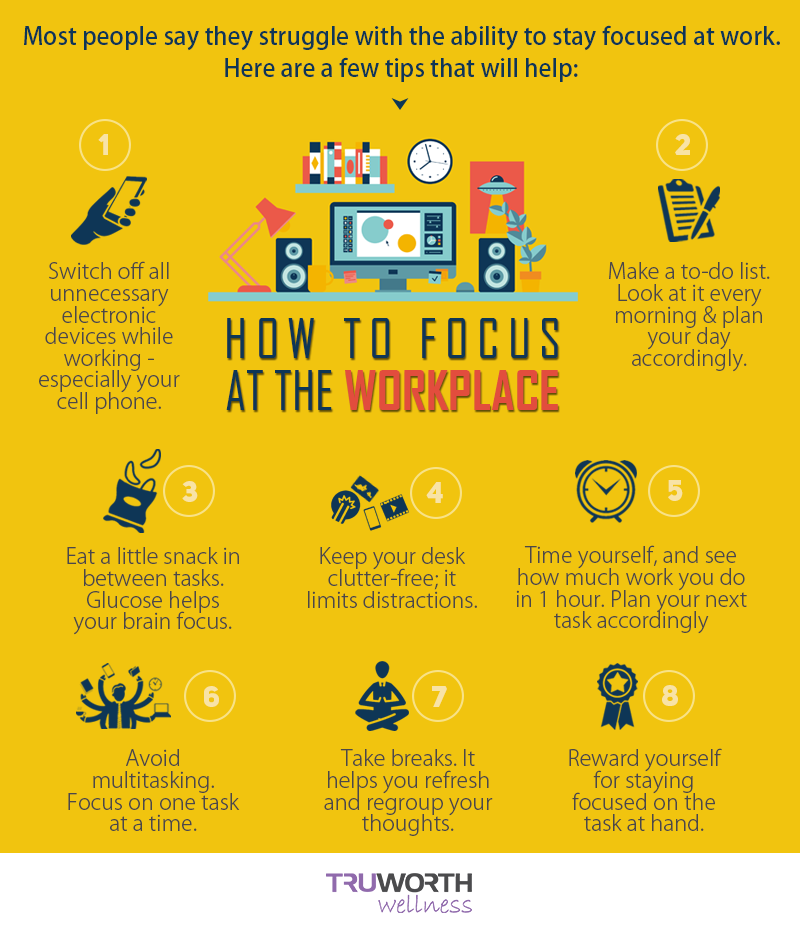
We use just such “bottles” and “balloons” at school, because we can additionally give the child such an important message: THEY CALM AND SET, THROUGH THE GLASS WE CAN SEE WHAT IS HAPPENING AROUND. ALSO THE CHILD CAN FOCUS ON THE DIAL OF THE CLOCK, DESK OR WALL.
In addition to developing the ability to concentrate, he learns to feel the time, begins to understand the speed of its flow. Some older children are more comfortable sitting with their eyes closed during this practice. We offer them to concentrate on their inner feelings. The easiest way to teach a child this variation of the “moment of silence” is by inviting him to focus on his breathing.
Although the practice is called “A Minute of Silence”, it can also be done for 2-3 minutes.
Top Clap Practice
Parents can help their child get ready for class or homework with this simple play practice. Ask the child to stomp if the phrase you say is absurd or untrue, and clap if it matches reality, is true.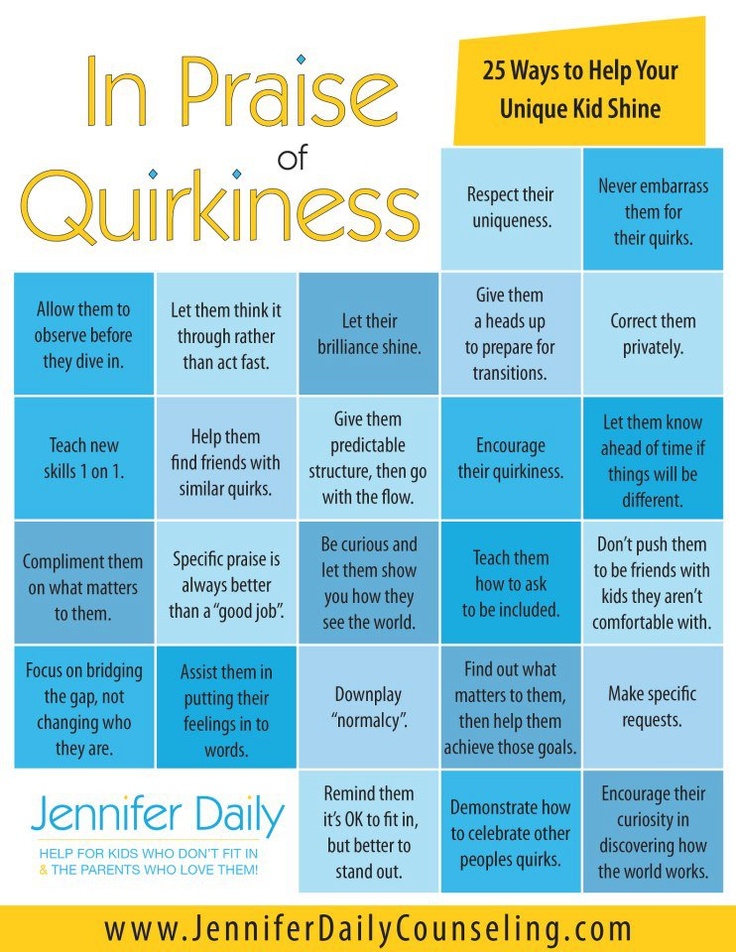
For example, you say: “Mushrooms grow on a birch” or “It always snows in summer” and the child stomps. And when you say: “Cucumbers grow in the garden” or “Ice cream tastes sweet and cold,” he claps.
Five or six questions are enough for a child to understand the rules of the “game”. Another 15-20 questions within the framework of this exercise are enough to “turn on” the child and set him up for more routine activities that require concentration.
"Look Around" Practice
Ask the child to look around the room or classroom and name as many objects as possible that have a particular attribute - either by color or shape. This practice not only works to quickly mobilize concentration, but also expands his attention span.
For example, a seven-year-old child should be able to simultaneously hold 3-7 objects in his field of attention - this is a good "volume". A more advanced variation of this practice is Mindful Walking. They also not only develop concentration, but also the amount of attention in children.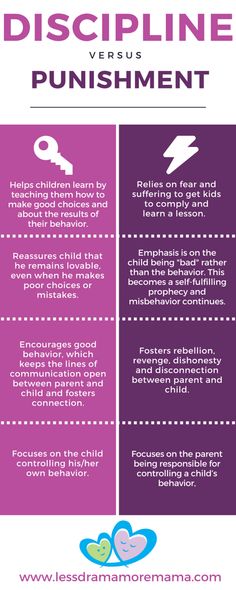
While walking along your usual route, invite your child to notice something that he and you did not notice before. Tell him that you will walk for five minutes, trying to memorize as much as possible around, and then compare your results.
Or so: you will walk for one minute in complete silence, notice all the sounds and visual objects along the way, and then compare your “finds”. The game element will always interest the child more: tell him that he is a "spiderman" and his eyesight, smell and hearing are as sharp as those of his favorite superhero. This will motivate him to play practice better.
Practice “Listen carefully”
You read a passage of text aloud to a child and ask him to silently count and say how many words he heard that began, for example, with the sound “M”.
Do Not Go Wrong Practice
Ask the child to count to 30, and don't name numbers that contain "3" or end with "5". This is an excellent and simple practice for concentration before starting a learning activity.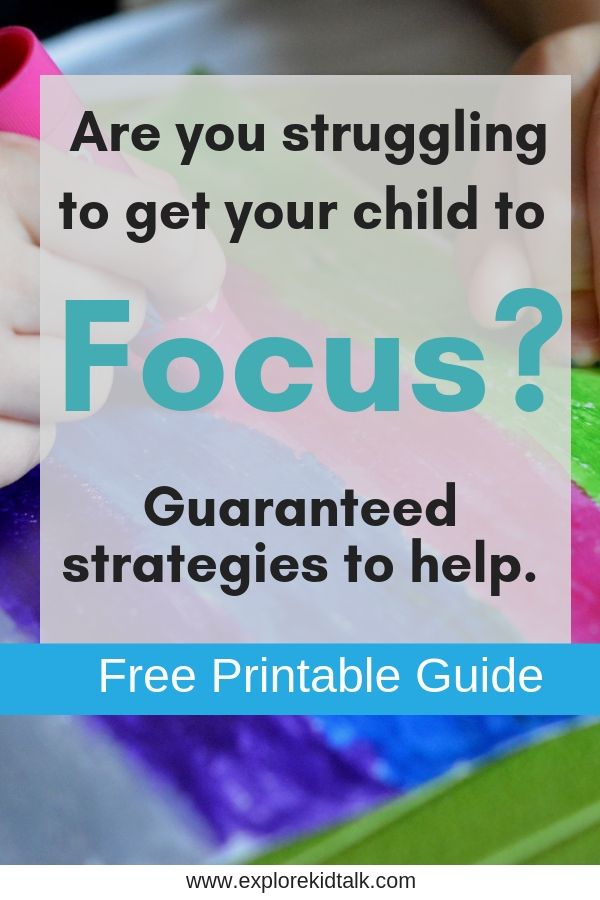
It is very important for parents to understand that when a child's emotions are out of balance, his ability to concentrate and mindfulness falls automatically. Therefore, we use in our practice and recommend to parents such simple tricks as playing with water or loose objects.
Invite the child to pour water into different containers or pour cereals, mix cereals or beads of different shapes and colors, and ask the child to sort them out. These simple games are very calming in children's emotional state and restore their ability to concentrate. They work most effectively for children aged 3-8 years.
All breathing practices improve concentration, attention and, as a result, learning success in children - we really see this in our practice at school. To help children keep their emotional background in balance, we offer them the "Breathing with a Buddy" technique.
The child lies on the floor, we put his favorite toy on his stomach and ask the child to just breathe and watch how his friend rises and falls smoothly.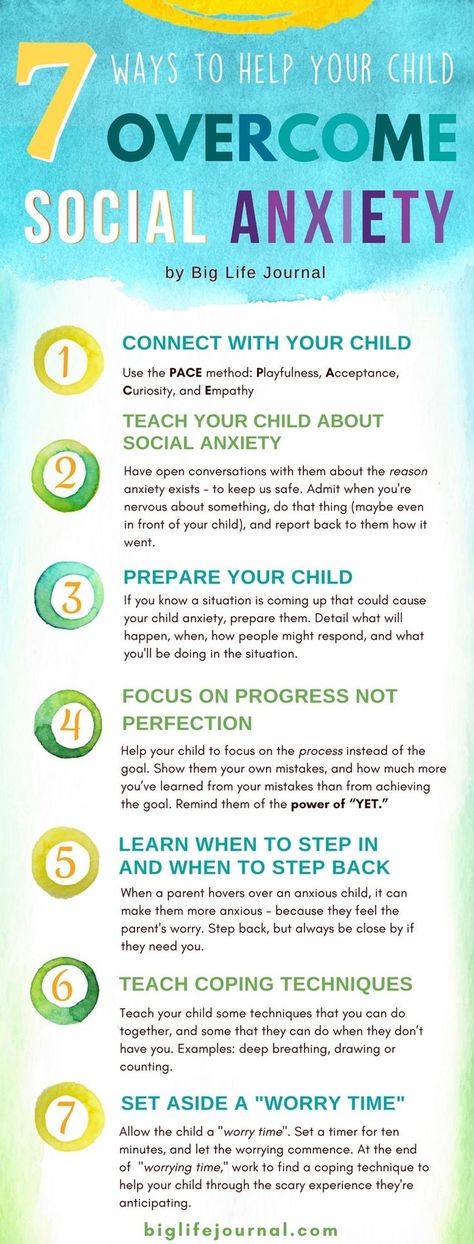
We also sometimes offer children “Musical Journeys”: for 30 seconds with the child, with eyes closed, we listen to recordings of pleasant melodic sounds (bell or singing bowl) and ask him to track his feelings in the body - goosebumps ran on the skin, tingling in toes, etc.
WE HAVE NOTICED THAT THIS PRACTICE CHILDREN SOMETIMES MAY COMPLAINT ABOUT SOUND DISCOMFORT, BUT IT DEVELOPS SUCH ADDITIONAL ASPECTS OF ATTENTION SUCH AS PATIENCE AND PERSPECTIVITY.
In conclusion, I would like to remind you of three universal simple home “simulators” for developing concentration and attention in a child. This is a joint cooking (let the little ones help you wash the vegetables, and the older children, for example, cut them).
The second is help around the house, which requires a certain concentration and accuracy (the best option is to ask the child to rub the leaves of a flower in a flowerpot).
And the third is modeling (everything: from dough to clay). It perfectly helps to develop concentration and attentiveness not only for babies, but also for teenage children.
It perfectly helps to develop concentration and attentiveness not only for babies, but also for teenage children.
Now you know the most effective practices to help your child concentrate.
Source: www.uaua.info
How to help your child concentrate: 7 tips
How do you return to work after free leave? Get up on an alarm clock, fit into a routine, do what you don’t want to do at all? Multiply these vivid sensations by at least five and get your child's experiences before school days. Sitting through a lesson or concentrating on homework is especially difficult for a child in the first weeks of school. Here are some tips to help you focus and get into a work rhythm.
Follow the daily routine
It will be easier for the child to start work that requires concentration and patience if he knows the time when this will happen. There are many handy applications on the Internet that will help you quickly create a schedule.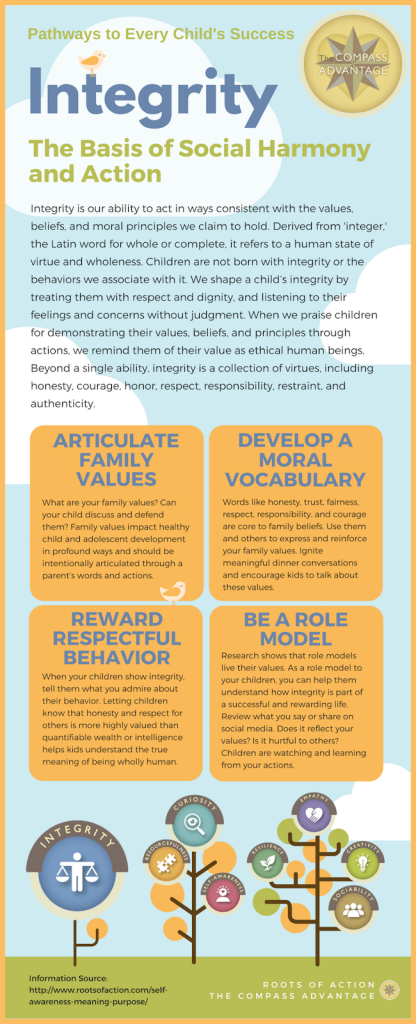 Print it out and hang it on the door or in the nursery, not for beauty, but with the determination to fulfill what is written. Do not forget that doctors recommend two hours of daytime sleep for first-graders. If you have to deviate from the usual schedule, it is better to discuss this with the baby in advance.
Print it out and hang it on the door or in the nursery, not for beauty, but with the determination to fulfill what is written. Do not forget that doctors recommend two hours of daytime sleep for first-graders. If you have to deviate from the usual schedule, it is better to discuss this with the baby in advance.
Do not forget about regular physical activity
Physical education and sports are known to increase the level of serotonin in the brain, which is often called the “hormone of happiness”. Set aside at least 30 minutes a day for physical exercises, do exercises regularly, choose a section that your child likes. Physical activity will not only keep you healthy, but also help improve your concentration. Often children experience anxiety due to excess energy, and they must be given the opportunity to “splash it out”, for example, by running a race on the street or doing morning exercises. Then it will be much easier to focus on your studies.
Watch your diet
To reduce your child's nervousness and hyperactivity, try to limit the amount of processed foods and sugar.Instead, include more fresh fruits and vegetables on your menu. We have already written how to teach a child a healthy attitude towards food.
Keep motivated
The child must understand what he is working for. For example, if the kid is not distracted, capricious, spends less than an hour on the task, does it accurately and without gross mistakes, let him play his favorite game or do what he is interested in the rest of the time.
Our reader said that she and her child made a list of prizes for the lessons done on time: ride a swing with mom, bury treasure in the park, feed ducks in the pond, fix a bike with dad, make a house out of a box for a cat. Before sitting down for homework, the son chooses a “prize” each time.
Take breaks
Psychologists recommend that children aged 3-9 take a break every 15 minutes, but in ordinary life this is hardly possible. So schedule 10-15 minute breaks every hour or two.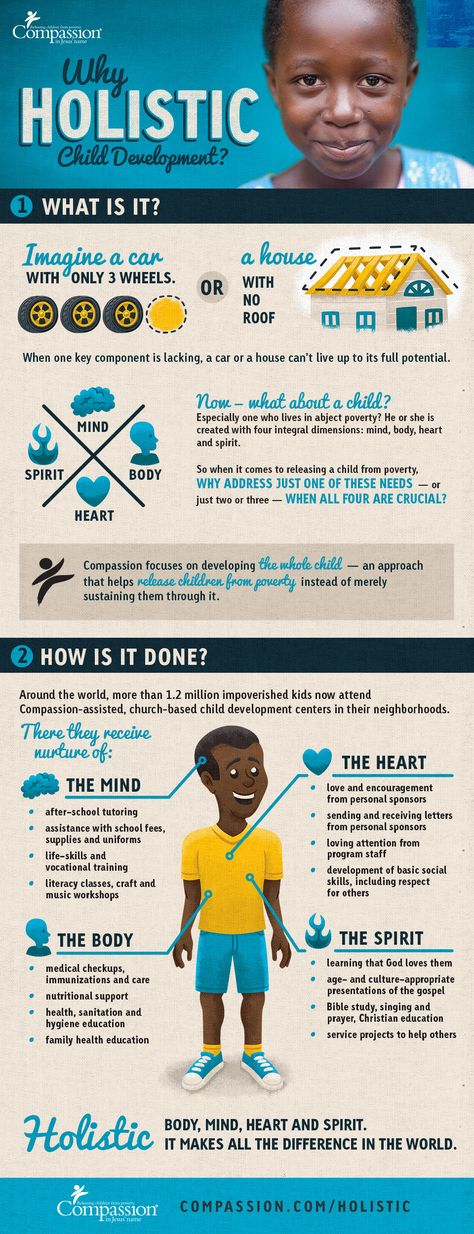 Many active kids find it easier to focus for fifteen minutes and then take a break. Here are some ideas for a sensory mini-pause: jumping up and squatting, crawling under chairs and “like animals”, anti-stress toys, stretching the expander, climbing on the Swedish wall. If your toddler finds it difficult to sit in a chair for long periods of time, try using a timer and breaking up a large task into subtasks.
Many active kids find it easier to focus for fifteen minutes and then take a break. Here are some ideas for a sensory mini-pause: jumping up and squatting, crawling under chairs and “like animals”, anti-stress toys, stretching the expander, climbing on the Swedish wall. If your toddler finds it difficult to sit in a chair for long periods of time, try using a timer and breaking up a large task into subtasks.
Remove distractions
It is clear that you can’t cook porridge if a grandmother watches a series every day next to the child’s workplace or a sister prepares for a singing competition. Even in a small apartment, you can create a “calm corner”, agree that during the time allotted for homework, loved ones try not to make noise and not distract the baby. It is important to ensure that the child has everything he needs at hand, but for now it is better to remove gadgets.
Inquire
This task requires a creative approach, but it's worth a try.









